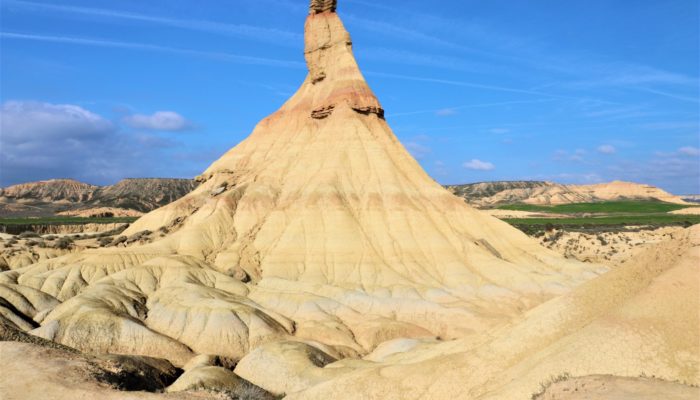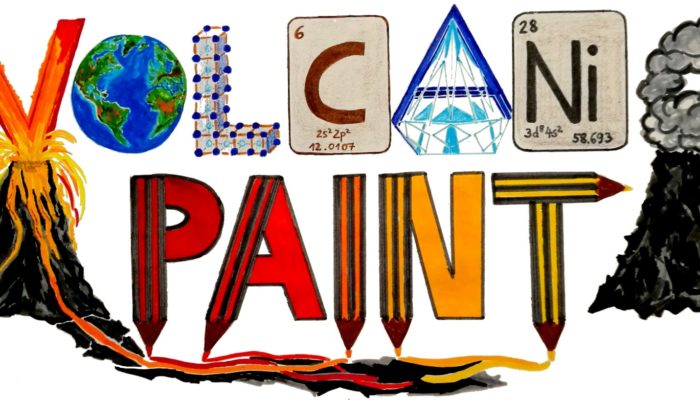The Castil de Tierra has become the symbol of the Bardenas Reales region which is geographically located in the south-eastern margin of the Navarra Province in northern Spain. The Bardenas Reales is a semi-desert natural region situated in the middle-western sector of the Ebro depression. The geology is made up of Tertiary and Quaternary sediments. Rainfall events, wind and high temperatures enhan ...[Read More]
#shareEGU20: Science through Lego photography!
During the week of #shareEGU20 we were very fortunate that both of our Artists in Residence, Stacy Phillips and Priyanka das Rajkakati agreed to participate virtually. We will feature some of Priyanka’s work in a later post, but in case you missed it during the week we wanted to share some of Stacy’s photography, to perhaps give you some ideas about how you can represent, communicate a ...[Read More]
Epic Journeys: New insights into wildlife and human migrations
Many wild animals make extraordinary long-distance journeys, whether by land, by air or even by sea. Ancestral, and even some modern, humans have likewise undertaken equally impressive odysseys across and between continents. In order to highlight these “epic journeys,” four different research projects were presented during an EGU press conference held on Wednesday. During the virtual presentations ...[Read More]
#shareEGU20: #shareEGUartKIDS Hall of Fame – Volcanic Paint 2020!
The EGU Kids Art activity normally happens in person in the creche at the conference centre during the general assembly (GA). We decided at the GA last year that the theme would be Volcanic Paint! Maike and I decided to move the activity online to hopefully bring a smile to a few of your faces – I know it has been bringing a smile to my face every day for the last week or so. We wanted to share as ...[Read More]



